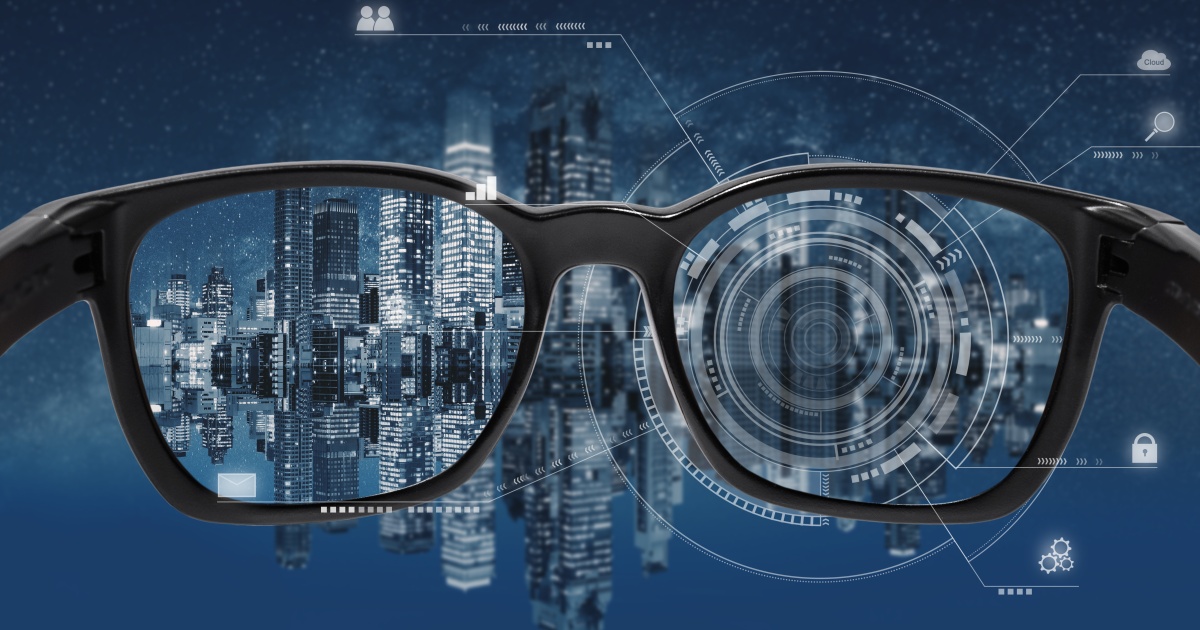
Today, Ostendo Technologies and Veea announced the signing of a letter of intent to combine Ostendo’s foundational quantum technologies and wearable display assets with Veea’s smart edge connectivity business to create a first-of-its-kind standalone company. The combined companies will create a new paradigm for hyper converged wireless solutions and a revolutionary solution for enabling Web3 capabilities for ambient interaction between people, places, and things.
Of all the new devices and applications introduced amidst the beginning of digital transformation, none are making a more profound impact on society than “smart” technologies. These technologies employ machine learning and big data analysis to perform functions that have traditionally been done by humans, boosting productivity, functionality, and efficiency across nearly all sectors.
One of the most prominent uses of smart technologies currently is in the creation of smart cities. By leveraging information and communication technologies, smart cities can enhance service levels, citizen well-being, sustainability, and economic development. Smart technologies can help optimize aspects of city life such as street lighting efficiency, waste management, and water conservation, among others.
Once a city has become “smart,” it can also begin to leverage smart transportation. These solutions are clean and efficient, as reduced traffic congestion results in cleaner air, reduced energy consumption and an easier experience for residents and visitors. Furthermore, smart transportation solutions are extremely flexible and can be utilized for any form of city transportation, from cars, to buses, to even train systems.
One of the most advantageous uses of smart technology within cities is the role smart wearables can play for first responders within a smart environment. Devices like augmented reality (AR) smart glasses can give firefighters, police officers, and other first responders access to critical information in real time, enhancing situational awareness and allowing for more informed decisions.
For example, AR smart glasses can overlay building schematics, maps, and other critical information on top of first responders’ view of the real world, making it easier to navigate unfamiliar environments, coordinate with other responders, and identify potential hazards.
Veea and Ostendo expect their newly minted combination will offer breakthrough solutions that are currently lacking due to integration, networking, latency and maintenance challenges, costs and other factors by:
- Uniting complementary and diverse pioneering technologies – Ostendo’s advanced split manufacturing capabilities and visual interface products with Veea’s next generation edge computing and connectivity would deliver completely new ways of interacting with visual data to the consumers and enterprises alike with highly rewarding user experiences.
- Offering globally in the fast-growing edge and spatial computing businesses a highly differentiated unified solution that integrates Veea’s edge computing platform, that is both locally and cloud-managed, together with a totally wireless and truly wearable visual interface initially in the form of AR glasses that resemble our reading or sunglasses without any sensory discomfort for daily use.
- Forming a new company, with highly experienced leadership and engineering teams, that will own one of the deepest spatial and edge computing patent portfolios in the world with nearly 500 worldwide patent applications filed and over 100 trade secrets.
“Veea’s edge platform and its underlying ability to deliver scalable edge computing, comprehensive environment sensing and AI-driven multimedia content delivery over wired and wireless networks, together with Ostendo’s breakthrough AR glasses will significantly augment and enhance Human Machine Interface with a contextual digital overlay of the world, that can be comfortably and fashionably worn throughout the day,” said Allen Salmasi, Chairman and CEO of Veea.
“Eventually, by enabling Web3 protocols and decentralized applications, Veea Edge Platform’s distributed computing paradigm will enable the users of Ostendo’s AR glasses to readily access highly unique Web3 applications, such as DTube, Storj, Livepeer, Sola, DiFi, GameFi, most conveniently and securely make payments and conduct banking services, and much more.”
The combined companies will accelerate plans to commercialize Ostendo’s wearable display products powered by its proprietary Quantum Photonic Imager (QPI) microprocessor of light – the world’s first full-color sub-10 micron μLED display-on-chip – and the Veea Edge Platform, which addresses the challenges posed by cloud computing at the edge by extending the Cloud to the edge through an “all-in-one” smart computing hub. It offers a hyper converged network solution with the full range of wired and wireless connectivity, including fixed line and/or 4G/5G broadband access, cloud-native computing and distributed network storage with a highly optimized networking and application mesh, enterprise-grade security. In addition, Veea brings a developer portal with advanced tools and APIs to continue bringing a wide range of apps, including machine learning and AI apps, and managed services to the market.
"During my many conversations with Allen about the next great technology revolution, we always come back to the same conclusion: These technology franchises are stronger and more valuable together,” said Dr. Hussein S. El-Ghoroury, Ostendo co-founder and CEO. “We are excited about the opportunities this merger will create for our worldwide customers, our partners and our employees. Together we will solve the problem of the last 50 meters and the last three centimeters – changing how and what we see in our daily interactions with information, the real world and the people around us.”
Edited by
Erik Linask





